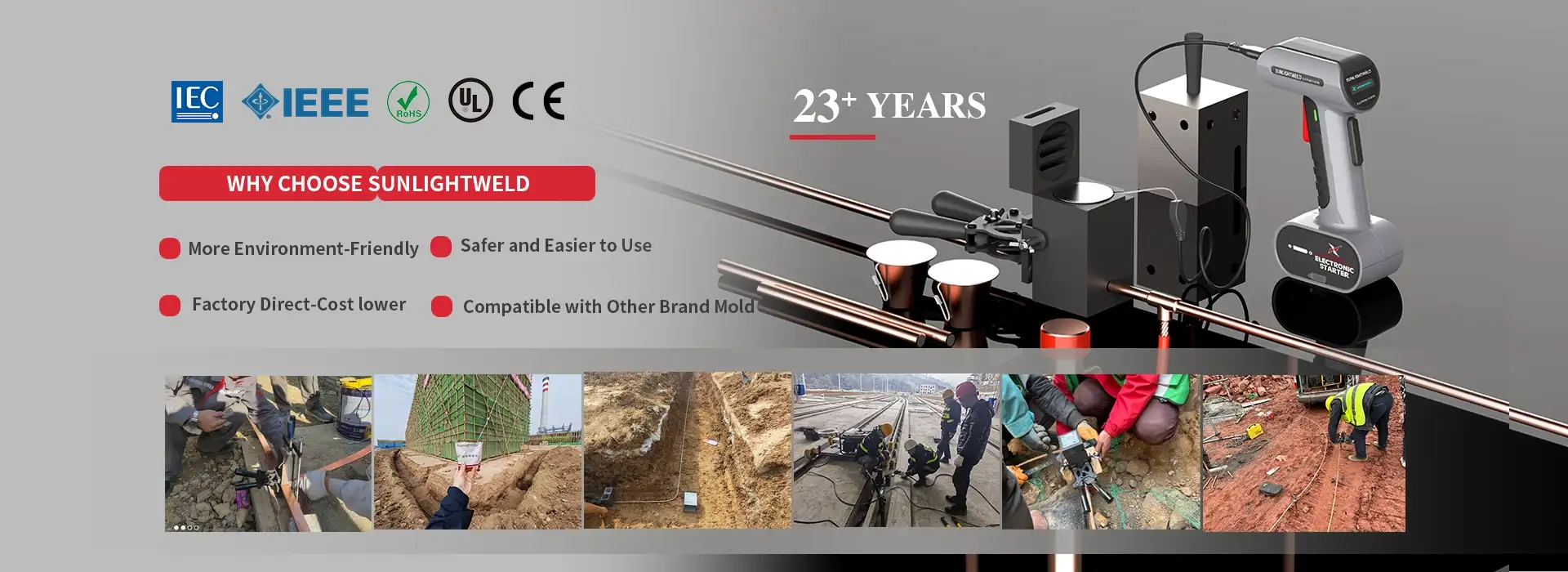In an era where urbanization is accelerating and environmental concerns are at the forefront, the quest for the most efficient personal transportation has never been more critical. With a plethora of options available, from traditional vehicles to innovative electric solutions, understanding the nuances of each mode is essential for making informed decisions. This article delves into the various forms of personal transportation, evaluating their efficiency in terms of energy consumption, cost-effectiveness, and environmental impact.
Understanding Efficiency in Personal Transportation
Before we explore specific modes of transportation, it’s important to define what we mean by efficiency. In the context of personal transportation, efficiency can be measured through several key metrics:
- Energy Consumption: How much energy is required to transport an individual over a certain distance?
- Cost-Effectiveness: What are the operational costs associated with each mode of transport?
- Environmental Impact: How does each mode contribute to carbon emissions and other environmental concerns?
The Rise of Electric Vehicles (EVs)
Electric vehicles have surged in popularity, driven by advancements in battery technology and a growing awareness of climate change. EVs offer several advantages:
- Energy Efficiency: Electric motors convert over 60% of electrical energy from the grid to power at the wheels, compared to only 20% for gasoline vehicles.
- Cost Savings: While the initial purchase price of EVs can be higher, the lower cost of electricity compared to gasoline, along with reduced maintenance costs, often results in significant savings over time.
- Environmental Benefits: EVs produce zero tailpipe emissions, making them a cleaner alternative, especially when charged from renewable energy sources.
However, the efficiency of EVs can be influenced by factors such as battery production impacts and the source of electricity used for charging.
Bicycles: The Timeless Solution
Bicycles have long been heralded as one of the most efficient forms of personal transportation. Their benefits include:
- Minimal Energy Use: Bicycles require significantly less energy per mile compared to motorized vehicles. Studies show that cycling can be up to 50 times more energy-efficient than driving a car.
- Health Benefits: Cycling promotes physical fitness, reducing healthcare costs associated with sedentary lifestyles.
- Zero Emissions: Bicycles produce no emissions, making them an environmentally friendly choice.
Despite their advantages, bicycles may not be practical for all individuals or in all environments, particularly in areas lacking infrastructure for safe cycling.
Public Transportation: A Collective Approach
While not strictly personal transportation, public transit systems such as buses and trains play a crucial role in reducing individual carbon footprints. Key points include:
- High Capacity: Public transportation can move large numbers of people simultaneously, significantly reducing per capita emissions.
- Cost Efficiency: Utilizing public transit can be more economical than owning a personal vehicle, especially in urban areas where parking and maintenance costs are high.
- Environmental Impact: Buses and trains, particularly those powered by electricity or alternative fuels, can drastically lower emissions compared to individual car travel.
Emerging Technologies: E-Scooters and Ride-Sharing
The advent of e-scooters and ride-sharing platforms has introduced new dynamics to personal transportation:
- E-Scooters: These electric devices offer a convenient and efficient way to navigate short distances. They are particularly effective in urban settings, where traffic congestion is prevalent. However, their efficiency can vary based on battery life and charging infrastructure.
- Ride-Sharing: Services like Uber and Lyft provide flexible transportation options that can reduce the number of vehicles on the road. By sharing rides, users can lower their individual carbon footprints, although the overall efficiency can be impacted by factors such as vehicle occupancy rates.
Conclusion: The Future of Personal Transportation
As we look toward the future, the most efficient personal transportation solution will likely be a combination of various modes tailored to individual needs and urban environments. Electric vehicles, bicycles, public transportation, and emerging technologies each play a vital role in creating a sustainable transportation ecosystem.


